Boora The Pelican
As mentioned yesterday, the Australian artist Ainslie Roberts created images to represent the Aboriginal myths and legends as recorded by ethnologist and anthropologist Charles P. Mountford.1
This is the story of Boora the Pelican.
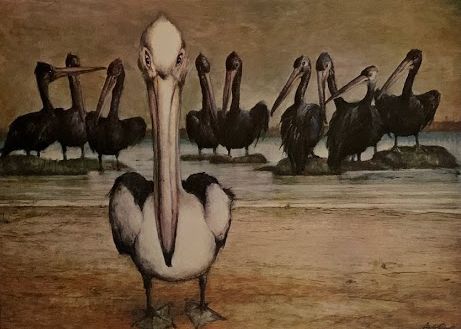
In the long-distant past, Boora the pelican, in his sleek black plumage (all pelicans were black in those days), owned a bark canoe. Boora did not really need a canoe, for he could swim from place to place just as easily as he could paddle, but it pleased him to know that he had something which the other birds did not possess.
One day, after a heavy storm had flooded the country, Boora saw, on a mud island in the middle of a turbulent river, a man and three women sitting on a stranded log. After many entreaties Boora agreed to rescue the aborigines, but, being attracted by the youngest and prettiest girl, Kantiki, he secretly planned to steal her.
So, one by one the pelican ferried the aborigines across, leaving Kantiki until last. But when Boora left with his third passenger, Kantiki, terrified at his obvious intentions, took the skin rug from her shoulders and, wrapping it around a log about the same size as herself, laid it on the sodden ground and slipped quietly into the water, hoping to reach her companions on the distant bank.
Whe Boora, full of expectations, returned to collect his prize, he was so angry at finding the girl asleep, that he kicked the figure with all his might, severely injuring his foot. Furious over the loss of Kantiki, at the pain in his foot and at being made to look ridiculous, he paddled back to his camp. Splashing white paint over his head and body, in the same way as the aborigines do when about to take part in a fight, Boora was on the point of setting out to recapture Kantiki when the older pelicans saw his painted body.
They were so disgusted with his appearance that, attacking Boora with their long beaks, they drove him from the camp, decreeing at the same time that pelicans must never change their colour.
Yet, in spite of this, so many of the younger birds, who tired of their sombre plumage, painted themselves with white, that today all the pelicans seen on the shores of the lakes, or feeding in the billabongs, are black and white, just as Boora was so long ago.
To conclude today's post let us take a look at how some other artists have depicted pelicans which really are fabulous creatures.
Percy the Fish Eater by Johanna Larkin
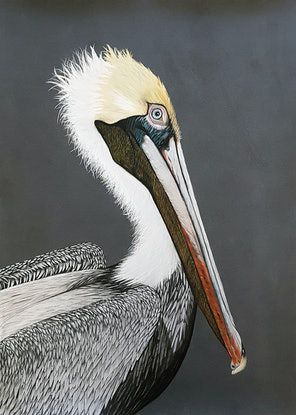
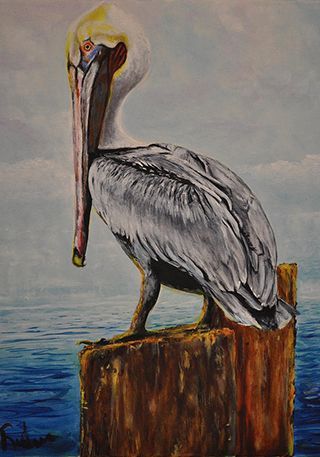
Pelican Power by William Beebe
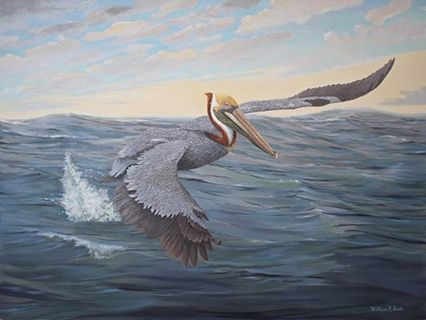
Finally, through the marvels of the digital art studio of Matt Schwartz who creates under the pseudonym of M Spadecaller, here are some amazing images of the pelicans that inhabit the warm waters around Florida, particularly Tampa Bay.
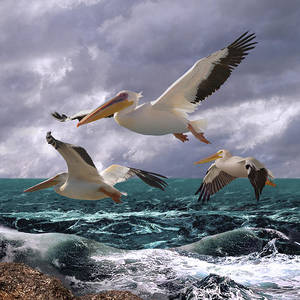
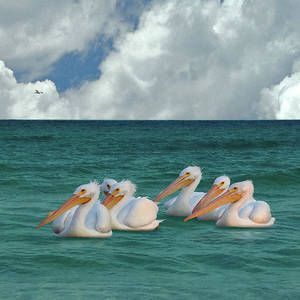
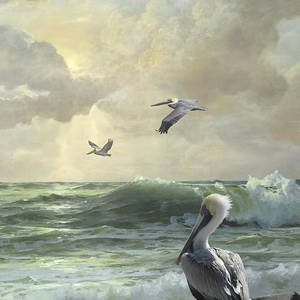
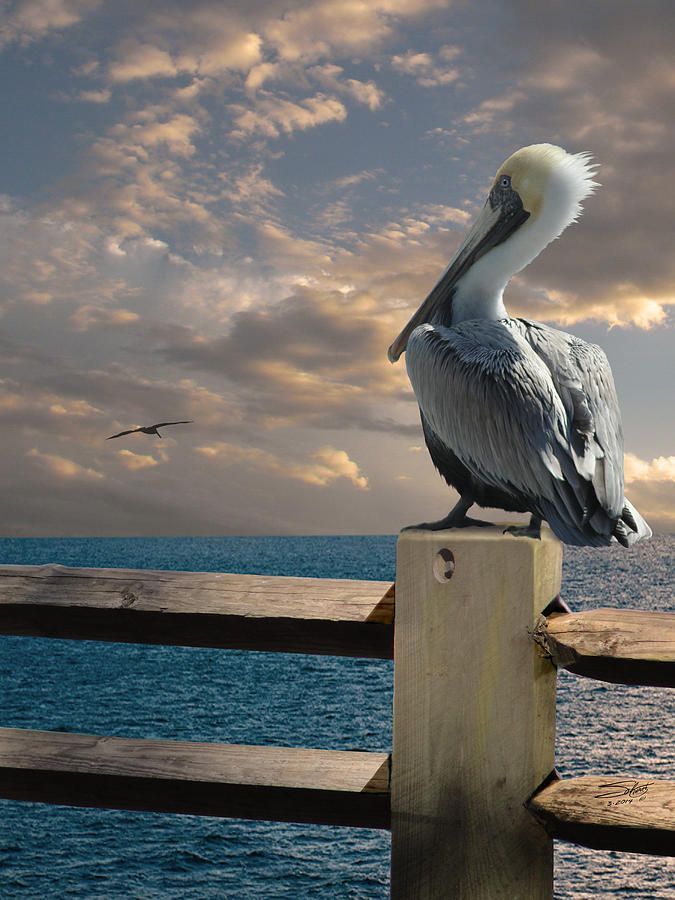
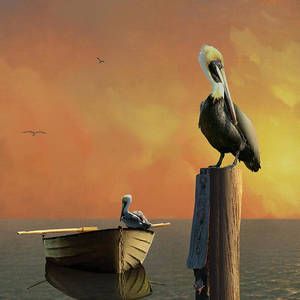
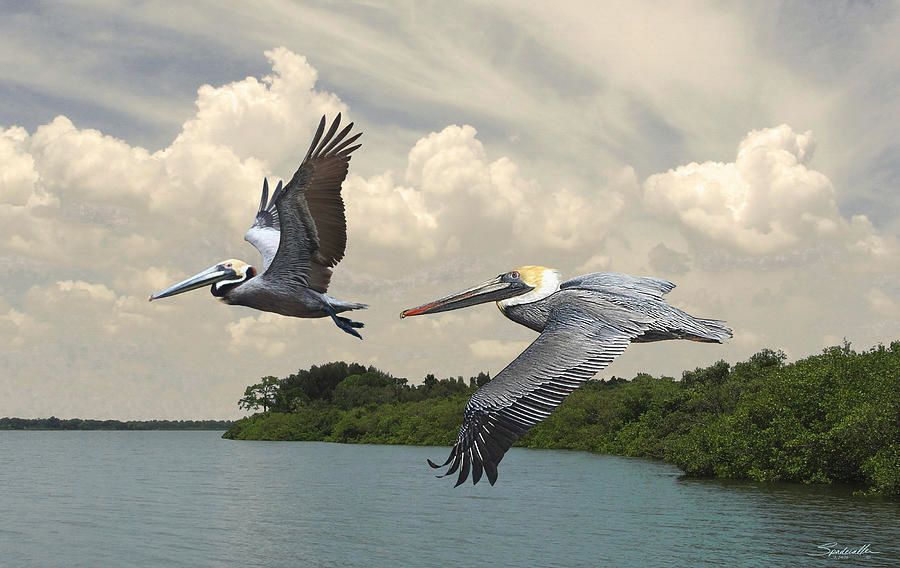
These amazing birds that soar gracefully over the warm Florida waters look prehistoric. Fact is: they date back 30 million years! And they are still frequenting inland and coastal waters feeding mostly on fish that they catch at or near the water surface. Pelicans are gregarious birds, and often hunt cooperatively. They love to steal live bait from the netters and pilfer the booty from fisherman on the shoreline.Though they can sometimes be mischievous, their presence brings beauty and grace. Hopefully, conservation and wildlife enthusiasts will protect them from pollution and oils spills that threaten their continued survival.
(Copyright Matthew Schwartz 2014)
Credit:
- The Dreamtime Book Australian Aboriginal Myths in Paintings by Ainslie Roberts and text by Charles P. Mountford, Rigby Ltd., Adelaide, 1973.
- Photographed directly from The Dreamtime Book Australian Aboriginal Myths in Paintings.
